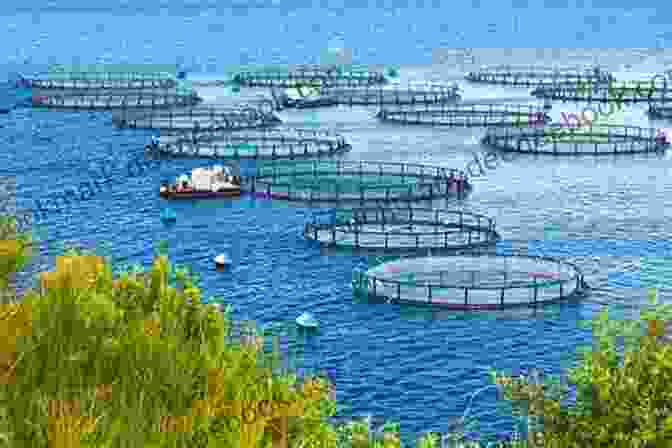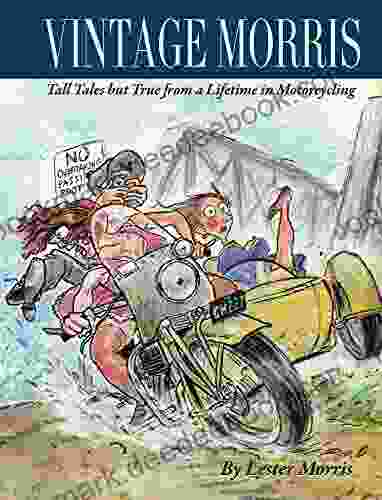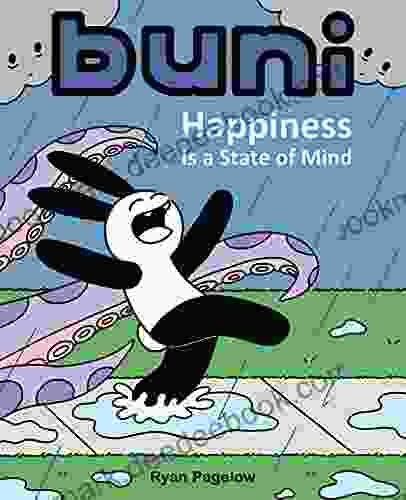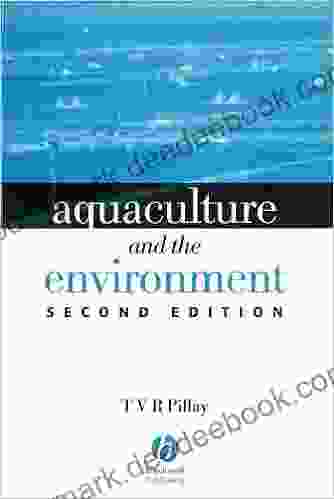Aquaculture and the Environment: A Comprehensive Guide

4 out of 5
| Language | : | English |
| File size | : | 4104 KB |
| Text-to-Speech | : | Enabled |
| Screen Reader | : | Supported |
| Print length | : | 212 pages |
| Lending | : | Enabled |
Aquaculture, the practice of farming aquatic organisms, has emerged as a crucial food source to meet the growing global demand for protein. However, the relationship between aquaculture and the environment is complex, with both positive and negative impacts reported. This comprehensive guide explores the multifaceted aspects of aquaculture's environmental impact, providing valuable insights for stakeholders in the industry and policymakers alike.
Impacts on Ecosystems
Habitat Modification
Aquaculture activities can alter the physical structure and composition of habitats. For example, the construction of fish cages and pens in coastal areas can disrupt natural sediment patterns and modify the composition of benthic communities.
Mangrove forests, vital ecosystems for biodiversity and coastal protection, can be negatively impacted by shrimp farming. The conversion of mangrove areas for shrimp ponds leads to habitat loss, biodiversity reduction, and increased coastal erosion.
Water Quality Impacts
Aquaculture operations can release nutrients and organic matter into the surrounding water bodies, potentially leading to eutrophication and algal blooms. Eutrophication can result in hypoxia, a condition of low dissolved oxygen levels that can be harmful to aquatic life.
Additionally, the use of antibiotics and chemicals in aquaculture can contribute to the development of antibiotic resistance and other environmental hazards.
Biodiversity Impacts
Aquaculture can impact biodiversity through the of non-native species, the overexploitation of wild stocks, and the alteration of habitats. The escape of farmed species into natural ecosystems can lead to genetic introgression, competition with native species, and the spread of disease.
Mitigation Strategies
Recognizing the potential environmental impacts of aquaculture, various mitigation strategies have been developed to minimize negative consequences:
- Site Selection: Careful site selection can reduce the impact on sensitive ecosystems and minimize the risk of water quality issues.
- Best Management Practices: Implementing best management practices, such as managing feed inputs, using environmentally friendly technologies, and monitoring water quality, can mitigate the negative impacts on the environment.
- Integrated Multi-Trophic Aquaculture: This approach combines the cultivation of multiple aquatic species that complement each other, reducing waste and improving overall sustainability.
- Certification and Standards: Aquaculture certification programs, such as the Aquaculture Stewardship Council (ASC) and the Best Aquaculture Practices (BAP),promote sustainable practices and provide consumers with assurance.
Policy and Regulation
Effective policy and regulation are crucial for guiding the development of sustainable aquaculture practices. Governments play a vital role in:
- Environmental Impact Assessments: Requiring environmental impact assessments for aquaculture projects ensures that potential risks are identified and mitigated.
- Coastal Zone Management: Integrating aquaculture into coastal zone management plans helps prevent conflicts with other uses and protects sensitive ecosystems.
- Enforcement and Monitoring: Regular enforcement and monitoring of aquaculture operations ensure compliance with environmental regulations and standards.
Aquaculture has the potential to provide a sustainable and nutritious food source, but its environmental impacts must be carefully considered. By implementing sustainable practices, adhering to regulations, and engaging in research and innovation, we can minimize the negative impacts of aquaculture and ensure its long-term viability.
As the global population continues to grow and the demand for food increases, aquaculture will play an increasingly important role in meeting nutritional needs. By understanding the environmental implications and adopting sustainable approaches, we can harness the benefits of aquaculture while protecting our valuable ecosystems.


References
- The State of World Fisheries and Aquaculture 2020
- Environmental Impacts of Aquaculture: A Global Assessment
- Sustainability of Aquaculture: Addressing Environmental Impacts and Promoting Social Equity
4 out of 5
| Language | : | English |
| File size | : | 4104 KB |
| Text-to-Speech | : | Enabled |
| Screen Reader | : | Supported |
| Print length | : | 212 pages |
| Lending | : | Enabled |
Do you want to contribute by writing guest posts on this blog?
Please contact us and send us a resume of previous articles that you have written.
 Book
Book Novel
Novel Page
Page Story
Story Magazine
Magazine Newspaper
Newspaper Sentence
Sentence Shelf
Shelf Bibliography
Bibliography Foreword
Foreword Synopsis
Synopsis Annotation
Annotation Footnote
Footnote Manuscript
Manuscript Codex
Codex Bestseller
Bestseller Classics
Classics Library card
Library card Biography
Biography Encyclopedia
Encyclopedia Thesaurus
Thesaurus Narrator
Narrator Character
Character Resolution
Resolution Librarian
Librarian Card Catalog
Card Catalog Borrowing
Borrowing Archives
Archives Study
Study Research
Research Scholarly
Scholarly Reserve
Reserve Reading Room
Reading Room Special Collections
Special Collections Thesis
Thesis Dissertation
Dissertation Reading List
Reading List Book Club
Book Club Theory
Theory Textbooks
Textbooks Suzanne Rothenberger
Suzanne Rothenberger Mary Mcthomas
Mary Mcthomas Daddy Wendell
Daddy Wendell Anthony Baird
Anthony Baird Steven E Levingston
Steven E Levingston Pornput Suriyamongkol
Pornput Suriyamongkol Bill Piburn
Bill Piburn Jacqueline L Jackson
Jacqueline L Jackson William G Mayer
William G Mayer Frank J Esposito
Frank J Esposito Morton Manus
Morton Manus Jackie Randall
Jackie Randall Reza Soudagar
Reza Soudagar Christina E Bejarano
Christina E Bejarano Reuben Steff
Reuben Steff Lynette Anderson
Lynette Anderson Hinnah Mian
Hinnah Mian Ian Curtis
Ian Curtis Tom Holman
Tom Holman Preston Love Jr
Preston Love Jr
Light bulbAdvertise smarter! Our strategic ad space ensures maximum exposure. Reserve your spot today!
 John SteinbeckFollow ·2.2k
John SteinbeckFollow ·2.2k Stephen FosterFollow ·9.6k
Stephen FosterFollow ·9.6k Jayson PowellFollow ·18k
Jayson PowellFollow ·18k Leon FosterFollow ·4.9k
Leon FosterFollow ·4.9k Foster HayesFollow ·12.8k
Foster HayesFollow ·12.8k Jaden CoxFollow ·19.1k
Jaden CoxFollow ·19.1k Esteban CoxFollow ·3.6k
Esteban CoxFollow ·3.6k Brett SimmonsFollow ·8.9k
Brett SimmonsFollow ·8.9k

 Oscar Wilde
Oscar WildeDon't Stop Thinking About the Music: Exploring the Power...
Music is an...

 Floyd Richardson
Floyd RichardsonSnowman Story Problems Math With Santa And Friends
It's a cold winter day, and...

 W. Somerset Maugham
W. Somerset MaughamWhat Every Classroom Teacher Needs To Know: A...
Teaching is a challenging...

 Edgar Cox
Edgar CoxTall Tales But True: A Lifetime of Motorcycling...
I've been riding motorcycles for over 50...

 Chinua Achebe
Chinua AchebeBuni: Happiness Is a State of Mind
Buni is a beautiful...

 Herman Melville
Herman MelvilleThe Arts and Crafts of Older Spain: Embodying the Essence...
In the heart of the Iberian...
4 out of 5
| Language | : | English |
| File size | : | 4104 KB |
| Text-to-Speech | : | Enabled |
| Screen Reader | : | Supported |
| Print length | : | 212 pages |
| Lending | : | Enabled |












